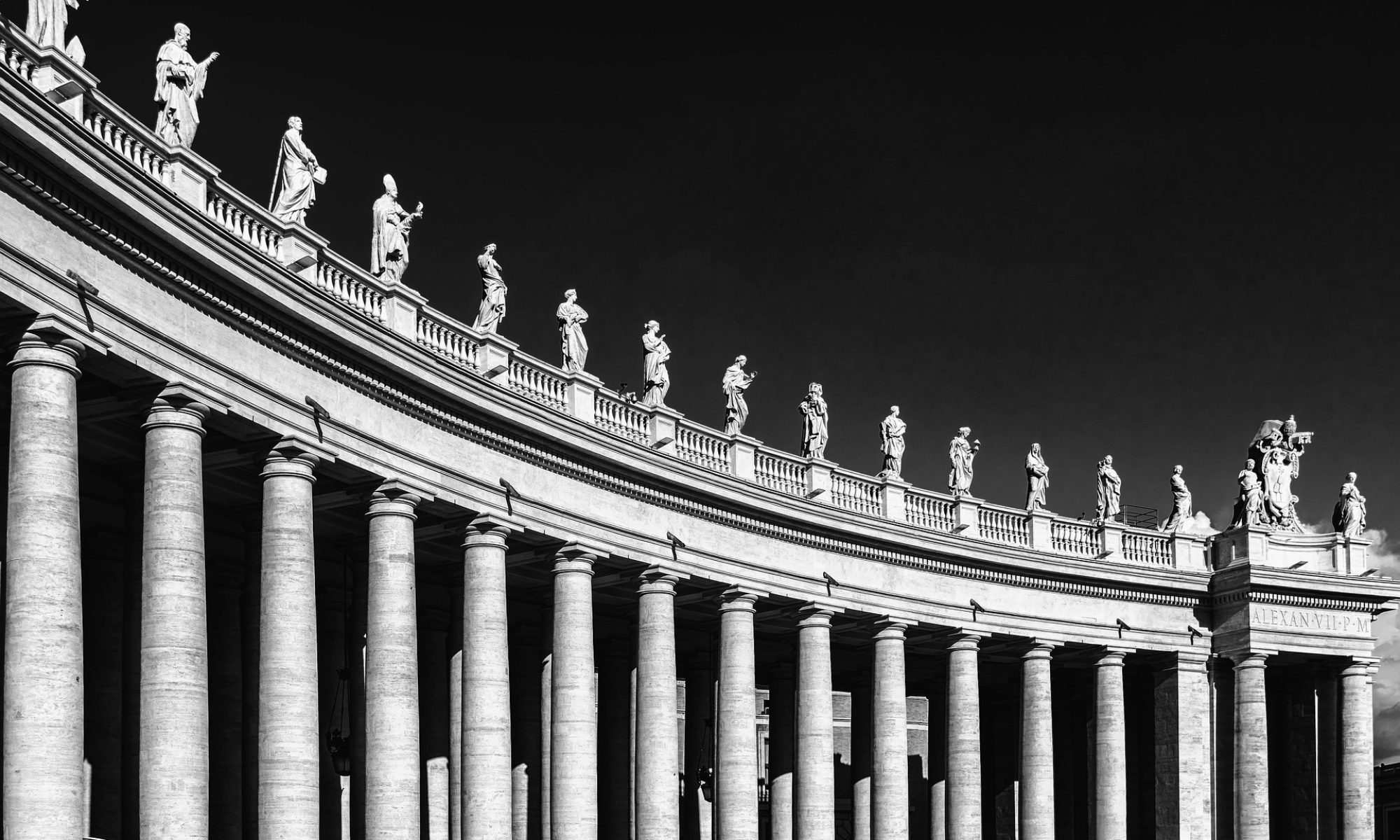El Papa recordó que la unidad cristiana no es “unidad en la diversidad”, sino tener la misma fe, la misma Eucaristía y las mismas autoridades. Una unidad que sólo subsiste en la Iglesia Católico Romana.
10 DE FEBRERO DE 2013
Entre los días 18 y 25 de Enero, la Iglesia Católico Romana y el Consejo Mundial de Iglesias organizaron la Semana de Oración por la Unidad de los Cristianos. Desde 1958, la Semana de Oración ha sido un ejercicio anual de “ecumenismo espiritual” (es decir, oración conjunta) que implica tanto a los cuerpos eclesiásticos oficiales como a los movimientos ecuménicos de base. Su principal premisa teológica es hacer una llamada a la plegaria común para conseguir la unidad de todos los que están “bautizados” . [i]
Al término de la semana, Benedicto XVI presidió la liturgia final en la basílica de San Pablo de Roma. En su homilía, el Papa subrayó que la unidad es dada tanto por Dios como por la responsabilidad de todos los cristianos.
En los esfuerzos que se hacen a favor de la unidad, las cuestiones doctrinales que causan la división entre la Iglesia Católico Romana y los demás cristianos no católicos no deberían “descuidarse ni minimizarse”.
También en esta ocasión, el Papa Ratzinger insistió en el hecho de que el ecumenismo no es una unidad sentimental desleída, sino que es una unidad en la profesión de la misma fe, en la celebración de la misma Eucaristía, y unidos bajo el mismo ministerio sacramental de la sucesión apostólica.
Sin embargo, cuando la Semana de Oración estaba a punto de comenzar, un curioso evento proporcionó otra perspectiva del panorama general del ecumenismo católico romano .
¿UN CAMINO PARA LOS “LUTE-ROMANOS”?
Al presentar su libro más reciente sobre los principales temas del pensamiento de Ratzinger, en una librería romana junto al Vaticano, el Arzobispo Gerhard Müller, Prefecto de la Congregación Vaticana para la Doctrina de la Fe, hizo un comentario sobre una posible perspectiva para el proceso ecuménico.
Imaginando un escenario futuro en el cual un número significativo de luteranos quisieran entrar en plena comunión con la Iglesia Romana, Müller dijo que podría crearse un “ordinariato” específico para ellos a fin de facilitar la transición . Un ordinariato es una diócesis especial que permite la completa integración en la Iglesia Romana mientras que, al mismo tiempo, concede la aceptación de algunos aspectos de la tradición espiritual y litúrgica anterior.
El modelo del ordinariato ya ha sido previsto y aplicado. En 2009 el Papa Ratzinger dispuso la constitución de “ordinariatos personales para los anglicanos que entraran en plena comunión con la Iglesia Católica” . En este caso, los ex anglicanos que ahora son católico-romanos pueden celebrar los sacramentos de acuerdo “con los libros litúrgicos propios de la tradición anglicana”. El ordinariato consigue la integración en el sistema romano siempre y cuando se pague el tributo a su “catolicidad”, la cual es capaz de acomodar diferentes tradiciones.
El Arzobispo Müller admitió que “el mundo luterano es algo diferente del anglicano, puesto que entre los anglicanos siempre ha habido un sector cercano al catolicismo”. No obstante, dijo, algunos luteranos albergan la esperanza de un restablecimiento de la plena comunión con Roma, y “la” Iglesia debería estar preparada para recibirles.
Sugirió que, al igual que con los anglicanos, la Iglesia Católica podría permitir a los luteranos conservar las “legítimas tradiciones que han desarrollado”, entretanto se convierten en miembros de la Iglesia Católica. La idea fue severamente criticada por los funcionarios luteranos.
¿CÓMO FUNCIONA LA UNIDAD VISIBLE?
Aparte de los tecnicismos de la ley canónica, lo que es digno de considerar es el cuadro general que emerge de estos comentarios .
Es verdad que el arzobispo Müller no pronunció una declaración oficial como si la decisión ya estuviese tomada. Sin embargo, expresó unas ideas a las que se les da una seria consideración en los departamentos del Vaticano en ambos espectros de los límites de la Iglesia Romana.
A su “derecha”, Roma está tratando concienzudamente de resolver la excomunión que infligió al tradicionalista Mons. Lefebvre y a sus seguidores en 1998. El medio para lograrlo es a través de un ordinariato por el cual podrían mantener sus modelos litúrgicos distintivos al tiempo que aceptarían que otros católicos se adhirieran a la evolución del post-Vaticano II.
A su “izquierda”, Roma se está abriendo a los ex anglicanos y ahora, posiblemente, a grupos de luteranos que deseen abrazar la “catolicidad” romana si bien conservando parte de su patrimonio luterano . El ordinariato es el medio por el cual la catolicidad de la Iglesia romana puede extenderse por todos los lados preservando al mismo tiempo la unidad del sistema alrededor de la institución sacramental.
El hecho de que estas ideas se pronunciaran públicamente en la semana ecuménica es intrigante, pero perfectamente legítimo si se comprende todo lo que el ecumenismo significa para Roma .
Por una parte, la Iglesia Romana ora con otros cristianos para la unidad y se regocija por la unidad que ya existe. Por la otra, establece disposiciones a fin de que la completa unidad sea conseguida mediante la incorporación de otros cristianos en su seno.
Según el punto de vista romano de la unidad, no hay ninguna contradicción entre las dos medidas. Como se ha recordado anteriormente, el Papa en su homilía recordó que la unidad cristiana no es un tipo de unión corriente como “unidad en la diversidad”, sino la plena expresión de la unidad cristiana, o sea, profesar la misma fe, celebrar la misma Eucaristía y ser regido por las mismas autoridades. Esta completa o perfecta unidad subsiste solo en la Iglesia Católico Romana .
Las demás iglesias y comunidades son, en una forma u otra “defectuosas” en algunos aspectos importantes. Después de los anglicanos, ahora es el turno de que les hagan a los luteranos una disposición especial para que disfruten de una vida cristiana “más plena”.
Traducción: Rosa Gubianas
